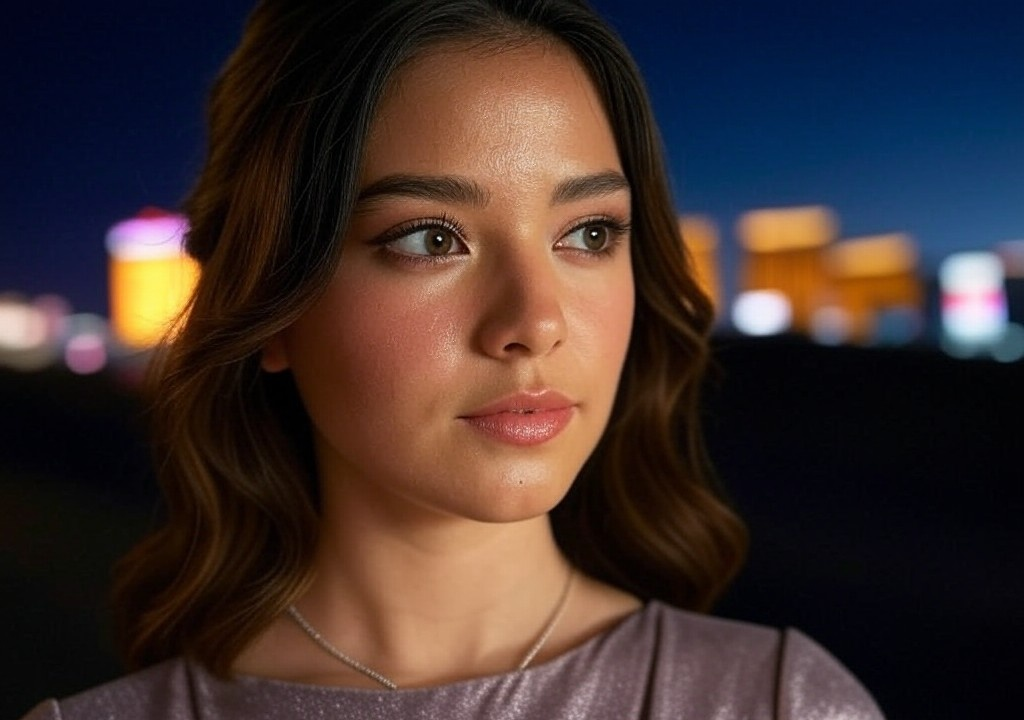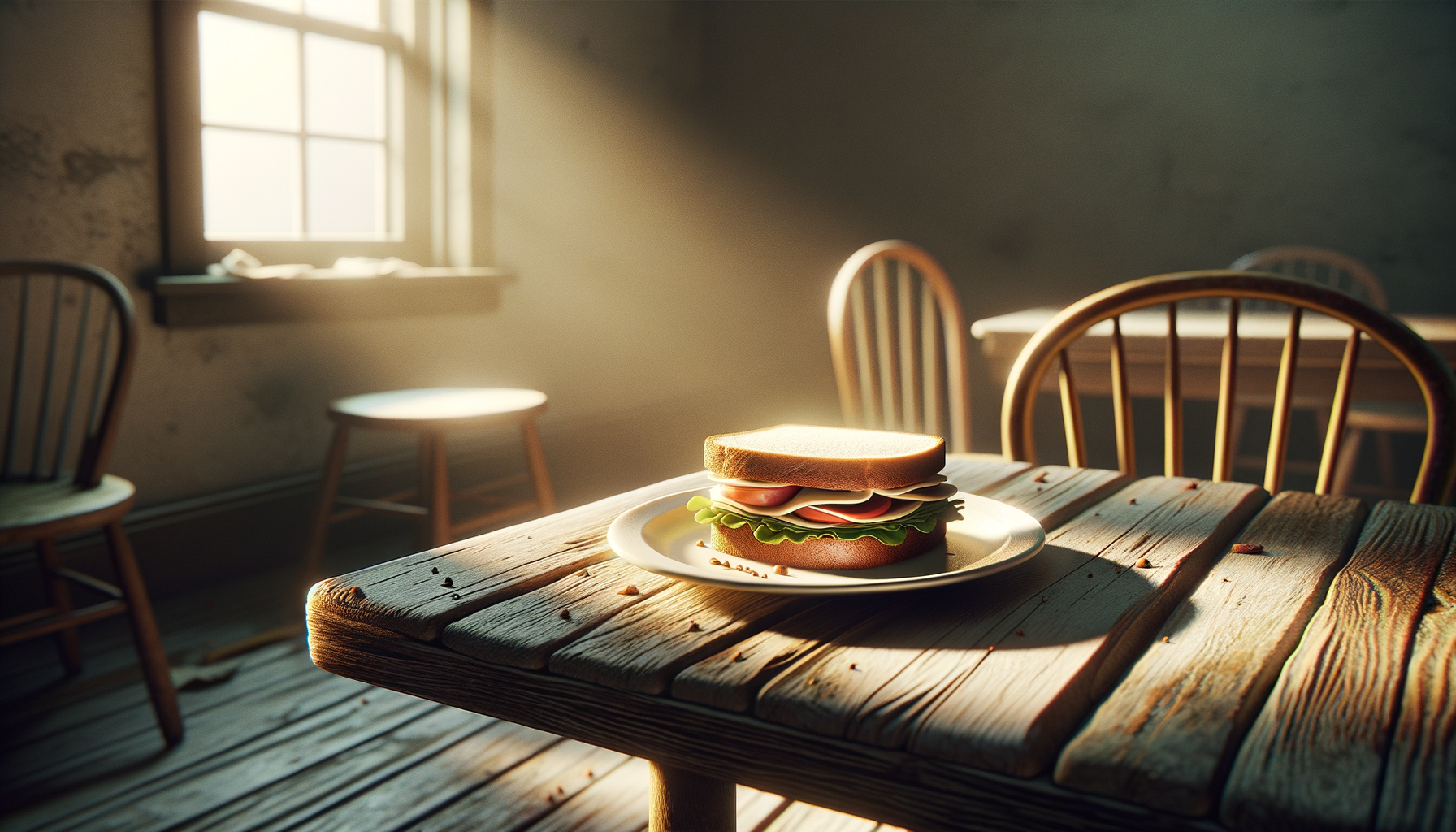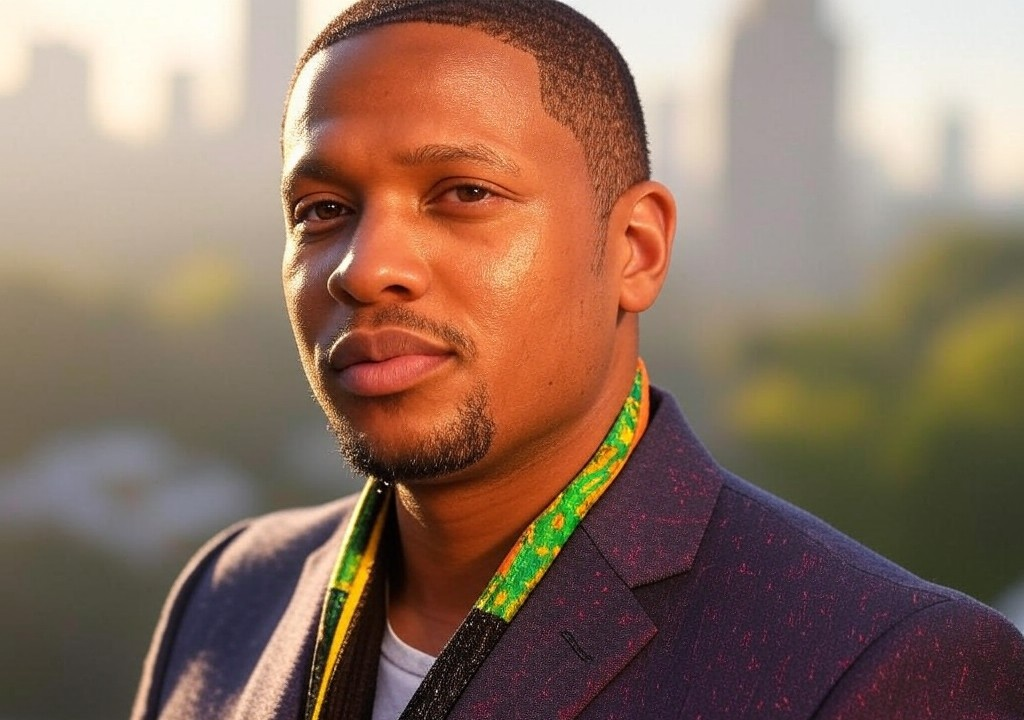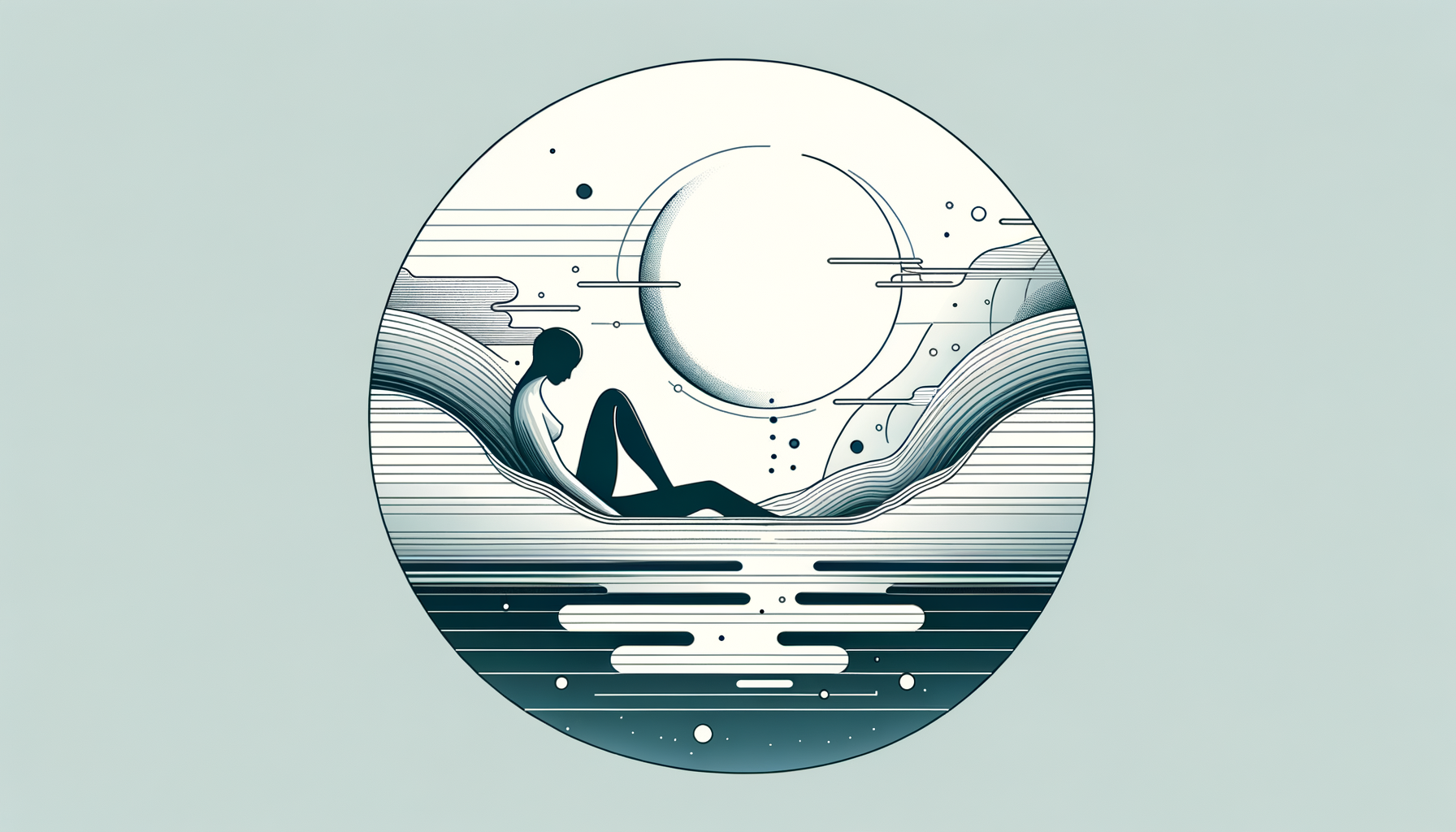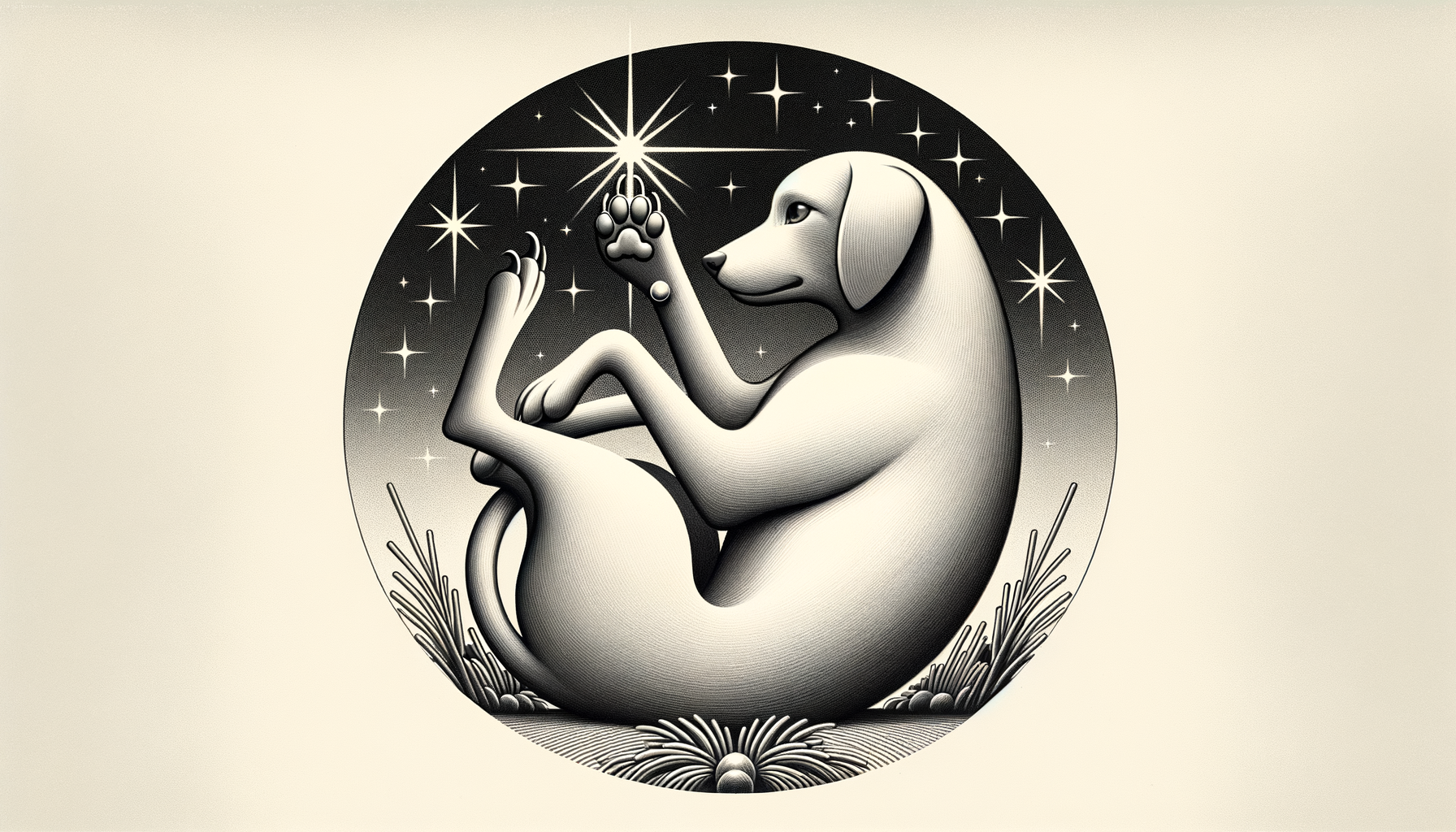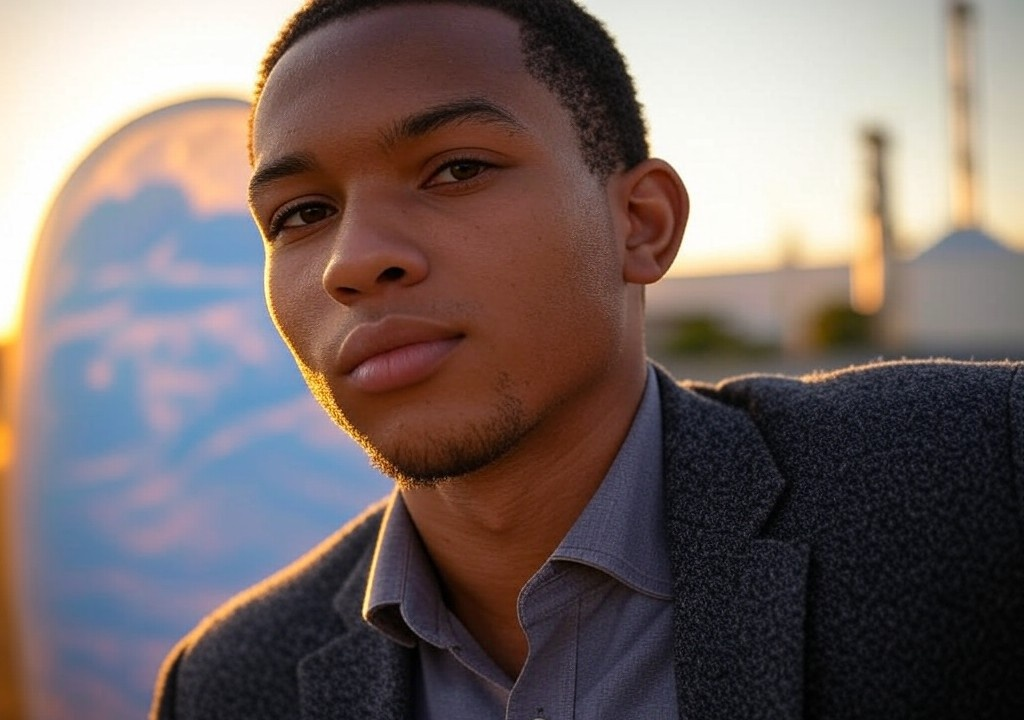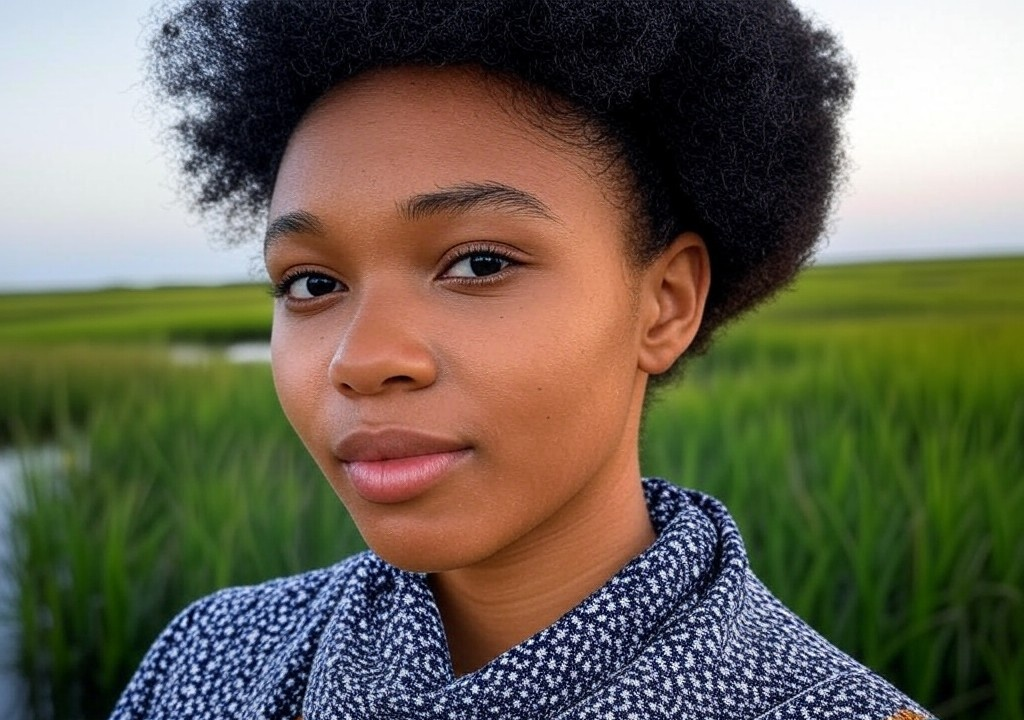The Funhouse Mirror of Reporting: When I Lived as My “Twins”
You know how as a kid, every fortune teller at the county fair predicted you’d lead a second life filled with intrigue and mystery? No? Just me? Well, apparently little Aurora took that fake palm-reading to heart because I once spent an entire week pretending to have a long-lost twin—and it was all for a story. Yes, there were fake accents, improvised backstories, and one particularly close call involving a churro stand. But I promise: this wasn’t what I had set out to do.
Let me explain.
Lights, Camera, Dating Circus?
A while back, while writing a piece exploring the psychology behind attractions to “unavailable types” (a.k.a. why some of us gravitate toward walking red flags with great jawlines), I wanted to step outside of my usual box of interviews and research papers. See, I’d gotten stuck in a creative rut, and what better way to revive inspiration than to throw myself headfirst into the experiment?
But rather than analyzing someone else’s behavior from afar, I decided to play the field myself—or more accurately, play two fields. Two fields that couldn’t possibly co-exist. I pitched this idea to my editor as: “What if I impersonated being my own sibling to see how different personalities impact attraction?!” (She said yes, with the raised-eyebrow energy of someone expecting me to fail right into a think piece.) But hey, that's Vegas life for you—everything’s a gamble!
Meet Ella. She’s Nothing Like Me.
My “twin” was christened Ella because it sounded vaguely exotic without being pretentious, a name that says, “I own a vintage motorcycle but also volunteer at the animal shelter.” As Ella, I tucked away most of my usual quirks—no sarcastic jokes about local parking lots or inside tips about prime casino buffet hours. Instead, Ella said things like, “the desert speaks, and so I listen.”
I created two profiles for Ella—social, not romantic—and began frequenting the types of places Ella would. She browsed the small local art galleries where prices on paintings are written in discreet pencil strokes, ordered her lattes with oat milk and lavender (and then grimaced ever so slightly while drinking them), and winked at people in a way that made even ME uncomfortable.
It was oddly thrilling. The curated version of myself—even the made-up one—appeared adventurous and mysterious. People leaned forward when I spoke as her. The funniest part? She didn’t even have to try to be interesting. Meanwhile, Regular Aurora was fantasizing about switching back to normal so I could stop acting like I enjoyed kombucha.
Splitting Personalities is Exhausting, FYI
But you didn’t come here to read about my fake latte order. You’re likely here for a “weirdest story” moment, so let me take you to the case of The Time I Almost Got Busted.
For two full days, Ella had been chatting her way into the lives of a tight-knit poetry slam crowd from downtown Vegas (yes, poetry slam cliques are real). Ella didn’t write poetry because “her creativity was rooted in movement studies,” which made complete strangers nod solemnly at me like I’d just shared something profound… when truthfully, I didn’t know what the heck “movement studies” were either. I figured that much like constructing a fire in the wilderness, it’s the confidence in your tone that sells it.
But on a warm Friday night, as the group circled up in front of a bonfire-adjacent setup at a local park, someone called me by my actual name. Not Ella. AURORA. Turns out, the hostess wasn’t a stranger but an acquaintance I’d briefly interviewed for another article two years earlier. My heart sank faster than a lead blackjack hand.
“Wait, are you—?”
“Oh!” I stammered through a grin so tight it was basically a grimace, fumbling my inconspicuous frosted lemonade. “That’s my twin. Aurora. You met her. I’m… Ella.”
The hostess gave me a polite hmm, the kind reserved for someone trying to decipher whether or not they’d just heard a bold-faced lie. Before she could draw any conclusions, one of the poets interrupted to show off his new tattoo, sparing me the exposure I so narrowly avoided.
I wish I could say that incident was the last straw, but no. That point came during an incredibly awkward dual-personality run-in at the farmers’ market. Let’s just say two personas cannot occupy the same kombucha stall when a vendor recognizes you as both the theater-loving writer they’d met last month and the (fake) free spirit who only wears hemp sandals.
What I Learned from This Chaotic Twin Experiment
Was living a week as my “twin” worth it? For the story, absolutely. For my ability to make small talk with locals ever again? Questionable.
But here’s the thing—I learned a ridiculously valuable lesson that I didn’t expect. Playing someone else wasn’t just a test of how personalities influence attraction; it highlighted aspects of myself I’d been too self-conscious to embrace in my everyday life. Ella’s eccentricities might have been exaggerated, but they weren’t completely unrelated to who I was. I’d buried little pieces of honesty I had labeled too “weird” for prime time. While I don’t think I’m ready to monologue about “movement studies” on cue anytime soon, Ella showed me there’s joy in leaning into the unexpected things that make people pause, tilt their head, and stay curious about you.
The Takeaway (Sans Fake Accent)
While I don’t recommend adopting a twin persona to anyone navigating first dates or social circles (trust me, it gets messy REALLY fast), I do believe embracing parts of yourself you’ve kept on the backburner can work wonders.
So the next time you’re gearing up to make a connection—whether it’s romance, friendship, or simply presenting yourself to a crowd—ask yourself: What’s the story I’m afraid to tell? What’s the little quirk of mine that someone else might actually find the most endearing? You don’t need an alter ego to be magnetic; you just need to lean into what makes you unapologetically you.
Oh, and skip the lavender oat lattes. Some things are just better left imaginary.

